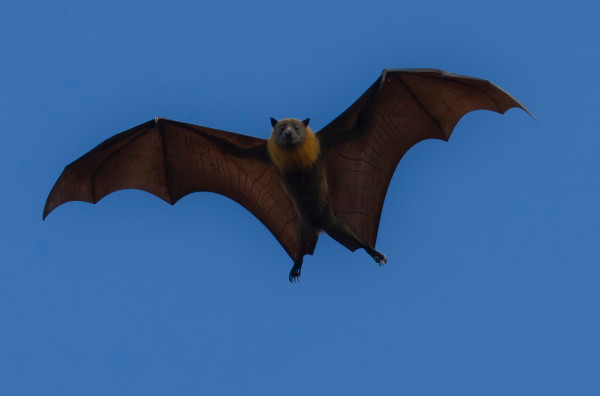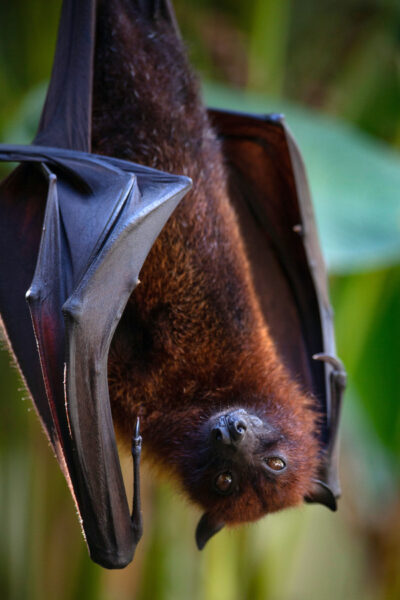
Photo courtesy John Torcasio / Pexels
As October rolls around, nature puts on a captivating show, painting the landscape in hues of gold and crimson. While Halloween decorations featuring paper, plastic and Styrofoam bats adorn yards, homes and stores, the real-life counterparts of these nocturnal creatures often go unnoticed.
But October is a significant month for the bats that call Tennessee home.
Bats come alive at night, using their power of echolocation to navigate and locate prey in the dark. Bats make their homes in a versatile array of locations—be it caves, trees, buildings or bat houses—and their diets are as varied as their habitats, ranging from nectar and fruits to insects and small vertebrates.
Far beyond their role as Halloween icons, bats play vital roles in Tennessee’s ecosystems (as well as worldwide). They are voracious insect eaters, helping control populations of crop-damaging pests. Notably, they lend a hand (or wing) keeping the dreaded mosquito numbers in check, making summer evenings more enjoyable for us all.
Photo courtesy Lisa J. Winston / Pexels
The month of October holds particular significance for Tennessee’s bat population. Some bats are gearing up for migration to warmer regions, while others are busy preparing for hibernation. With the days growing shorter and the weather turning crisp, insects become increasingly scarce. Bats respond by embarking on a pre-hibernation feeding frenzy, devouring as many insects as they can to build up fat reserves essential for surviving the winter months.
One of the gravest threats bats face is white-nose syndrome, a devastating fungal disease that thrives in the cold, humid conditions typically found in caves—the very places where many bats roost. This deadly fungus infects their skin, affecting their muzzle, ears and wings. Tragically, white-nose syndrome has claimed the lives of millions of bats in North America, wiping out entire populations at some sites.
Faced with such a formidable disease, it’s easy to feel helpless. But each of us can contribute to bat conservation. By learning about responsible bat conservation practices, such as installing bat houses on our properties or supporting efforts to preserve crucial bat habitats, we can provide valuable support to these enigmatic creatures.
In October, take a moment to look beyond the spooky decorations and appreciate the mystique of real bats and their vital roles in our ecosystems. At dusk, cast your gaze skyward and see if you can spot one of these winged wonders darting about as they tirelessly fulfill their ecological duties. By understanding, respecting, conserving, and educating others about bats, we secure a healthier and more balanced natural world for generations to come.
Bats are more than just Halloween icons; they are the guardians of our night.














